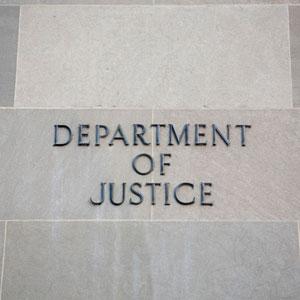
Homeowner’s insurance policies are designed to protect us if and when the unexpected happens. Unfortunately, not all home damage is protected, and in some cases coverage varies depending on your policy.
But what if your home, or part of your home, collapses? Although it may seem like a cut-and-dry case for insurance coverage, this may not always hold true. In most cases, coverage depends on several complex factors, and can result in insurance litigation.
Most standard homeowner’s policies define a collapse as “an abrupt falling down or caving in of a building or any part of a building with the result that the building or part of the building cannot be occupied for its current intended purpose.” A building or part of a building that is in danger of falling down is not considered to be in a state of collapse, even if it is bending, leaning, sagging, cracking, bulging or showing other evidence of decay.
In the past, there has been considerable disagreement regarding what is covered by insurance and what constitutes a collapse. In October 2015, Grebow v. Mercury Ins. Co., a case in California appeals court, rejected a claim that “expenses incurred to prevent the collapse of a portion of the policyholders’ house were covered.”
The Travelers Home and Marine Insurance Company v. Walsh, is another case that was just heard in U.S. District Court in Illinois. This court found that the homeowner’s policy was “intended to cover only loss and damage resulting from actual collapse of the dwelling.” This means the insurance company was not liable for partial damage to the insured property.
In short, it is vital for homeowners to be familiar with what is covered by their insurance policies. If you feel that your insurance company is acting in bad faith, contact an experienced attorney to help.
Get Your Questions Answered. Call For Your
Free 30 Min Evaluation Today! (310) 982-2291